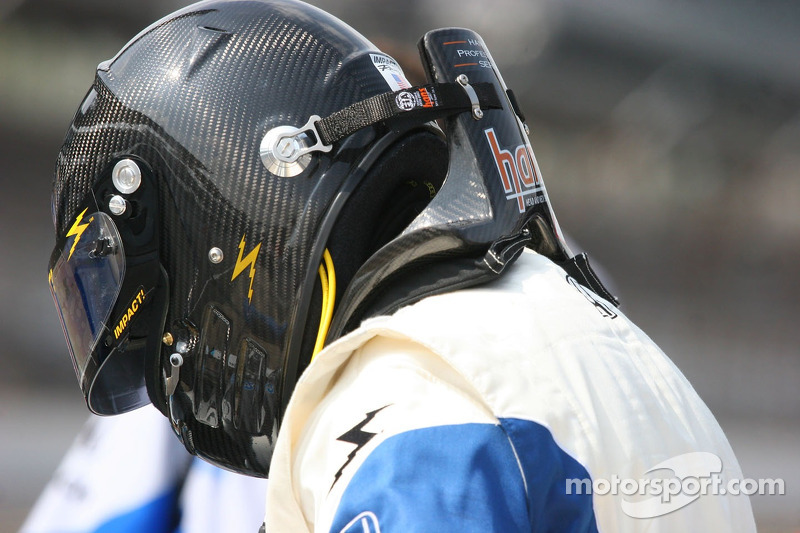Katamarino
Pattern Altitude
I'm creating a bespoke ditching checklist for my aircraft - just in case. Below is what I have so far. I'd welcome comments and suggestions!
It assumes sufficient altitude to carry out steps, and is geared more towards open ocean ditching. My comments are in red, that won't appear on the final checklist.
Bolded items are the minimum essential items, if time is short.
- Pitch for minimum sink rate (if engine has failed, unless shore or vessel can be reached). Time aloft is more important than distance.
- Activate ELT. In open ocean, comms/rescue is of higher importance, and this is a simple switch flick.
- Transmit MayDay on 121.5 or active frequency As above
- Secure InReach on person Supplements rescue after ditching
- Open cabin doors and windows.
- Jettison un-essential items. Anything that won't be useful after ditching, e.g tools. Minimise loose items.
- Start pumping fuel overboard. Disconnect ferry fuel hose and start to pump fuel out of door.
- Tighten seat belts and life vests.
- Flaps full.
- Ensure doors wedged open with XXX. I'm debating windows open vs closed. Open seems safer but might cause violent water ingress on landing? Also debating removing the window restraints to allow them to open fully flat against the wing in case of need to egress through window, thoughts?
- Speed just above stall.
- Approach; HIGH WINDS, into wind. LOW wind, along swells.
- Master off.
- If significant fuel remains in ferry tank, slit ferry tank with knife to drain fuel This would be an issue for about the first 6 hours of the flight, after that the ferry tank should be empty enough to run less risk of crushing, although the restraints are engineered for 9g. I figure low risk of fire after master is off?
- Brace for impact. Lock shoulder harnesses. Thumbs clear of yoke. Feet clear of pedals.
- Once violent movement stops, exit aircraft with life-raft and ditching bag.
- Inflate life vests and life raft.
- If aircraft still afloat, retrieve any other useful equipment that can be safely reached.
It assumes sufficient altitude to carry out steps, and is geared more towards open ocean ditching. My comments are in red, that won't appear on the final checklist.
Bolded items are the minimum essential items, if time is short.
- Pitch for minimum sink rate (if engine has failed, unless shore or vessel can be reached). Time aloft is more important than distance.
- Activate ELT. In open ocean, comms/rescue is of higher importance, and this is a simple switch flick.
- Transmit MayDay on 121.5 or active frequency As above
- Secure InReach on person Supplements rescue after ditching
- Open cabin doors and windows.
- Jettison un-essential items. Anything that won't be useful after ditching, e.g tools. Minimise loose items.
- Start pumping fuel overboard. Disconnect ferry fuel hose and start to pump fuel out of door.
- Tighten seat belts and life vests.
- Flaps full.
- Ensure doors wedged open with XXX. I'm debating windows open vs closed. Open seems safer but might cause violent water ingress on landing? Also debating removing the window restraints to allow them to open fully flat against the wing in case of need to egress through window, thoughts?
- Speed just above stall.
- Approach; HIGH WINDS, into wind. LOW wind, along swells.
- Master off.
- If significant fuel remains in ferry tank, slit ferry tank with knife to drain fuel This would be an issue for about the first 6 hours of the flight, after that the ferry tank should be empty enough to run less risk of crushing, although the restraints are engineered for 9g. I figure low risk of fire after master is off?
- Brace for impact. Lock shoulder harnesses. Thumbs clear of yoke. Feet clear of pedals.
- Once violent movement stops, exit aircraft with life-raft and ditching bag.
- Inflate life vests and life raft.
- If aircraft still afloat, retrieve any other useful equipment that can be safely reached.



